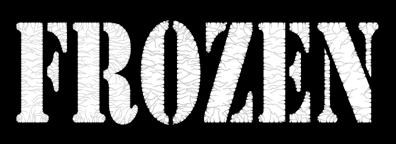

Cracks simulates the fault lines, cracks, erosion or fissures that one might see in an aged solid stone surface. Cracks works great with text and other objects alone in layers.
Cracks is best used on objects in layers. For the best results, do not apply to entire images.
Controls the length of the cracks. Larger values produce longer cracks.
Controls the average distance between cracks in your selection. Lower values reduce the amount of space between cracks, thus increasing the density.
Larger values make the cracks wider.
Larger values make the cracks appear deeper.
Controls the roughness of the outer edges of the cracks; higher values yield a rougher, more eroded look.
Controls the direction from which the light falls on your selection. Click and drag within the lighting control box to change the direction, or enter a numerical value between 0 and 360 degrees.
Controls the random element in the creation of this effect. Minor changes in the Random Seed setting can produce dramatic changes in your image; we encourage you to experiment with this control until you find the effects you like best. You can then precisely duplicate the effect by saving the Random Seed setting.